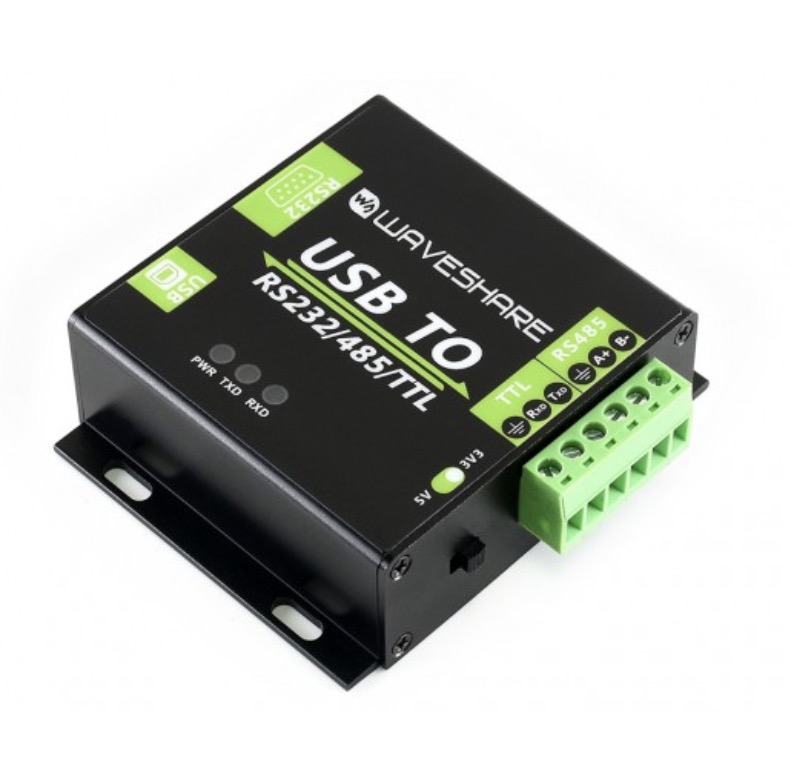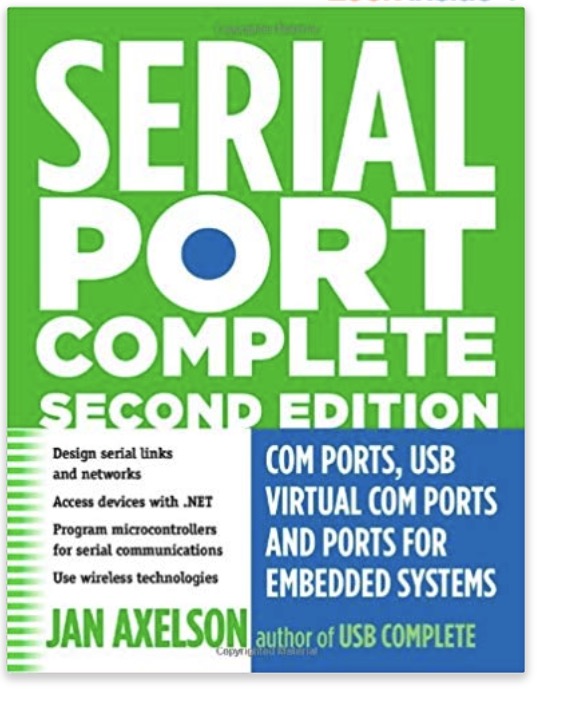Recent Posts
Industrial-Strength USB To RS232, RS485, TTL (UART) Isolated Converter
Posted by on
WaveShare introduced their industrial USB to RS232/485/TTL isolated converter with original FT232RL. It features embedded protection circuits such as power isolation, ADI magnetical isolation, and TVS diode, and more. Also, the USB TO RS232/485/TTL gateway comes with an aluminum alloy enclosure, making it robust and durable for industrial requirements.
The USB TO RS232/485/TTL converter is very easy to use, and it provides fully automatic transceiving without delay. Due to its fast communication, stability, reliability, and safety, it is an ideal choice for industrial control equipment and applications with high communication requirements.
Features
- USB TO RS232, USB TO RS485, USB TO TTL (UART)
- Adopts original FT232RL, fast communicating, stable and reliable, improved compatibility
- Onboard unibody power supply isolation, provides stable isolated voltage, needs no extra power supply for the isolated terminal
- Onboard unibody magnetical isolation, allows signal isolation, high reliability, strong anti-interference, low power consumption
- Onboard TVS (Transient Voltage Suppressor), effectively suppress surge voltage and transient spike voltage in the circuit, lightning-proof & anti-electrostatic
- Onboard self-recovery fuse and protection diodes, ensures the current/voltage stable outputs, provides over-current/over-voltage proof, improves shock resistance
- Fully automatic transceiver circuit with no delay, ensures the USB port communicates with different interfaces fastly and stably, without interfering each other
- Onboard TTL serial 3.3V/5V voltage translator, config the TTL level via switch
- Aluminium alloy enclosure with sand blasting and anodic oxidation, CNC process opening, solid and durable
- 3 LEDs for indicating the power and transceiver status
- High quality USB-B and RS232 connectors, smoothly plug/pull
Serial Port Complete: COM Ports, USB Virtual COM Ports, and Ports for Embedded Systems
PC COM ports, USB virtual COM ports, and ports in embedded systems are all addressed in this updated guide to programming, interfacing, and using serial ports.
Topics include using .NET’s SerialPort class for COM-port communications on PCs, upgrading existing RS-232 designs to USB or wireless networks and creating serial networks of embedded systems and PCs.
Example circuits and code provide a quick start to projects. Installation and maintenance staff will also find tips for ensuring reliable operation and problem tracking.
 Loading... Please wait...
Loading... Please wait...


